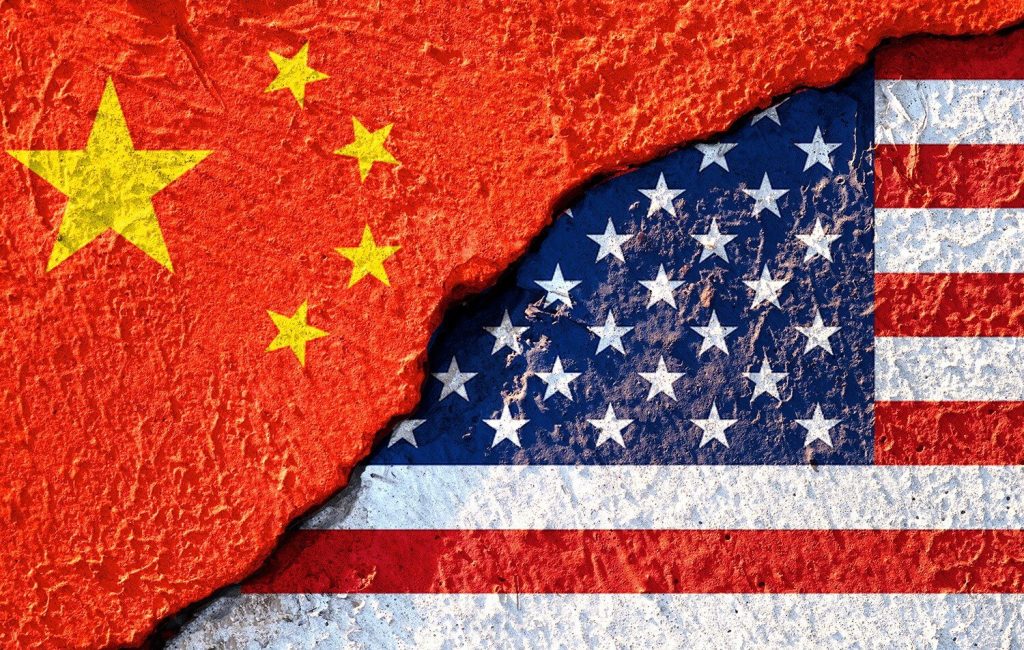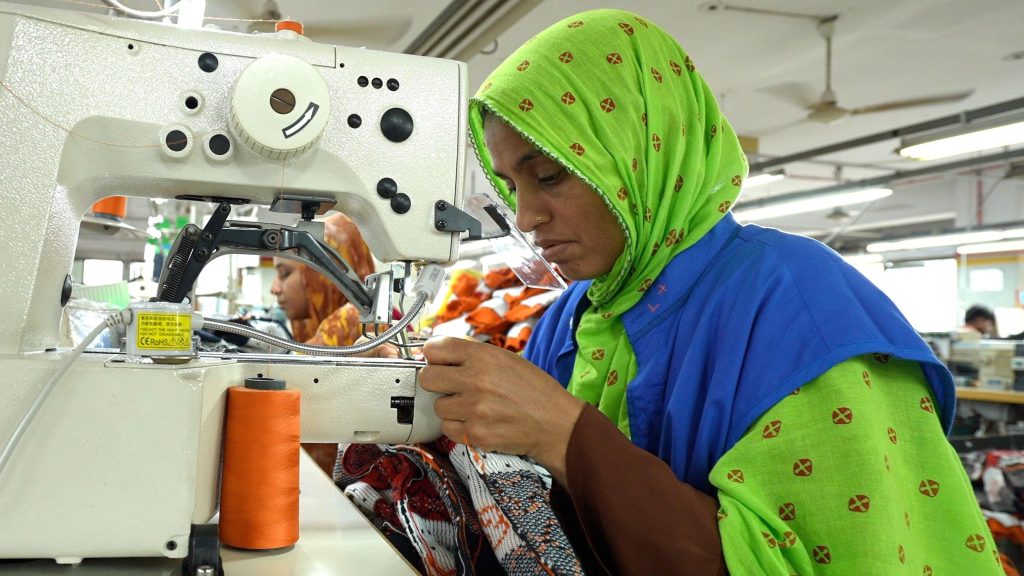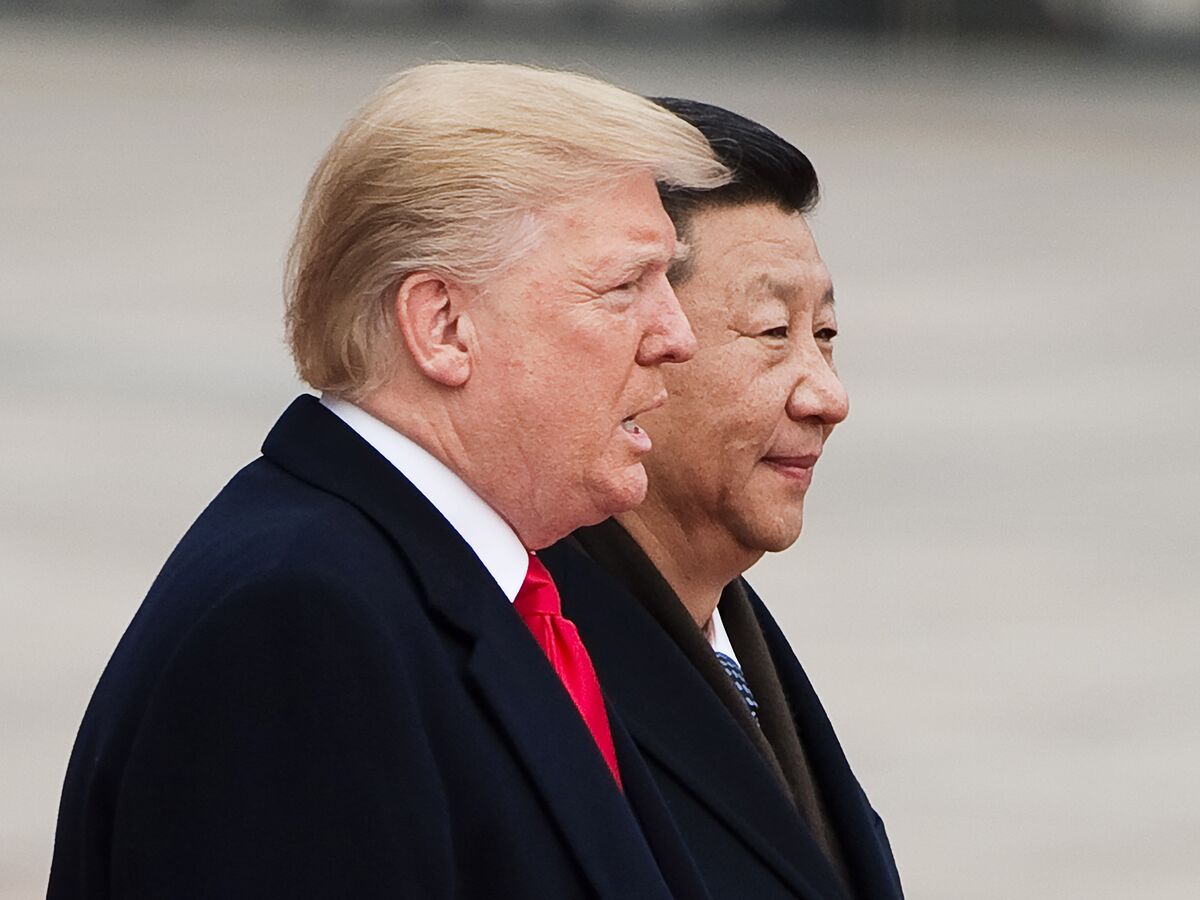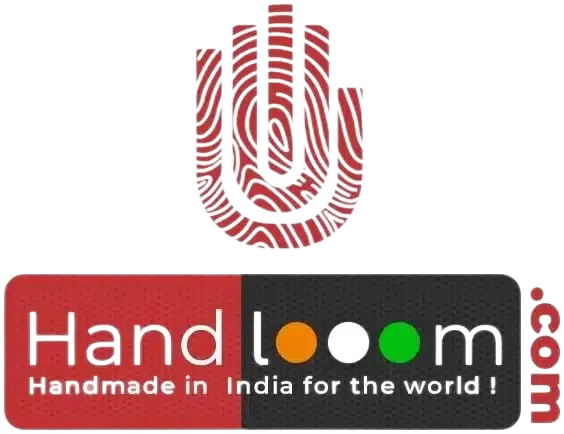No products in the cart.
How the Latest Fast Fashion Developments Will Change the Industry
Fast fashion is facing new challenges in 2025, as major policy changes, financial shifts, and ethical concerns shake up the industry. Three major news developments are currently affecting the global fast fashion market:
- Regulatory Changes Impacting Trade – The U.S. has introduced new import rules under President Donald Trump, imposing up to 25% tariffs on goods from China.
- Shein’s Valuation and IPO Delays – The popular fast fashion giant Shein is under pressure to cut its valuation due to changes in U.S. trade policies, delaying its IPO.
- Environmental and Labor Concerns – Reports continue to highlight unethical labor practices and the environmental damage caused by fast fashion brands.
Each of these developments is set to create long-term changes in the fashion industry. Let’s explore these issues and understand what they mean for the future of fashion.
1. U.S. Trade Regulations & Tariffs on Chinese Goods

The U.S. government has imposed a 25% tariff on all products imported from China. This means that companies that manufacture in China, like UK-based brands Asos and Boohoo, will have to pay higher costs when shipping to the U.S. market.
What does this mean?
- The cost of products will increase because brands will pass on these extra charges to customers.
- Many brands might stop selling in the U.S. market due to higher expenses and delays at customs.
- Companies will look for other countries to manufacture their clothes, such as India, Vietnam, and Bangladesh, to avoid tariffs.
- UK-based brands will struggle to compete with U.S.-made fashion brands, affecting their sales.
Future Impact: This change will push companies to rethink their supply chains. India and Vietnam could benefit as more brands look for affordable manufacturing options outside China. However, U.S. customers might have to pay more for their favorite fast fashion products.
2. Shein’s Valuation Cut and IPO Delays

Shein, the Chinese online fast fashion giant, is struggling with investor pressure. Initially valued at $66 billion in 2023, its worth has dropped, and investors are now pushing Shein to reduce its valuation to $30 billion before its IPO in London.
One of the reasons for this drop is the new U.S. trade policy, which removes the “de minimis” exemption. Previously, Shein could ship parcels below $800 into the U.S. without paying duties. Now, Shein will have to pay higher import taxes, making their products more expensive in the U.S.
What does this mean?
- Shein’s growth may slow down as its biggest market (the U.S.) becomes more expensive.
- Its IPO (stock market listing) has been delayed to the second half of 2025.
- Competitors like Zara, H&M, and Forever 21 could benefit if Shein struggles to maintain low prices.
- Consumers might see fewer “super cheap” clothing options from Shein in the future.
Future Impact: Shein will likely expand its warehouses in other countries to reduce shipping costs. The company may also increase manufacturing in countries outside China, such as Turkey and Brazil, to bypass tariffs. If Shein cannot adjust, it could lose its market dominance, giving space for other brands to grow.
3. Environmental and Labor Concerns in Fast Fashion

A recent report highlights ongoing issues in Bangladesh’s garment industry, where many workers face unfair wages and poor working conditions. Fast fashion companies rely on cheap labor, but pressure is growing on brands to improve conditions.
What does this mean?
- Brands will have to ensure they follow ethical labor practices to avoid legal issues and bad publicity.
- Consumers are becoming more aware of where their clothes come from and may prefer ethical brands.
- Governments may introduce stricter labor laws, forcing companies to pay workers fairly.
- Fast fashion companies might increase prices slightly to accommodate better wages and working conditions.
Future Impact: Sustainable and ethical fashion is likely to grow as more people demand fair wages and environmental responsibility. Brands like Handlooom.com, which already focus on sustainable and ethical production, could benefit from this shift. Companies using blockchain and Digital Product Passports (DPP) to prove transparency will gain customer trust.
Final Thoughts: The Future of Fast Fashion

These three developments are shaking up the fast fashion industry. Here’s what we can expect in the coming years:
- Shift from China to Other Manufacturing Countries: Countries like India and Vietnam could benefit as brands look for new production hubs.
- More Regulations on Imports & Fast Fashion Business Models: Governments worldwide may introduce stricter rules on low-cost imports to protect local industries.
- Rise of Ethical & Sustainable Fashion: With increasing labor rights concerns and environmental awareness, customers will prefer brands that follow fair trade and sustainability practices.
- Higher Prices for Fast Fashion: Cheap clothing may become less available as companies face new challenges in trade and labor laws.
The fashion industry is changing fast, and brands that fail to adapt may struggle to survive. This is an opportunity for Indian textile industries, sustainable fashion brands, and companies investing in ethical fashion to take the lead in the global market.


















